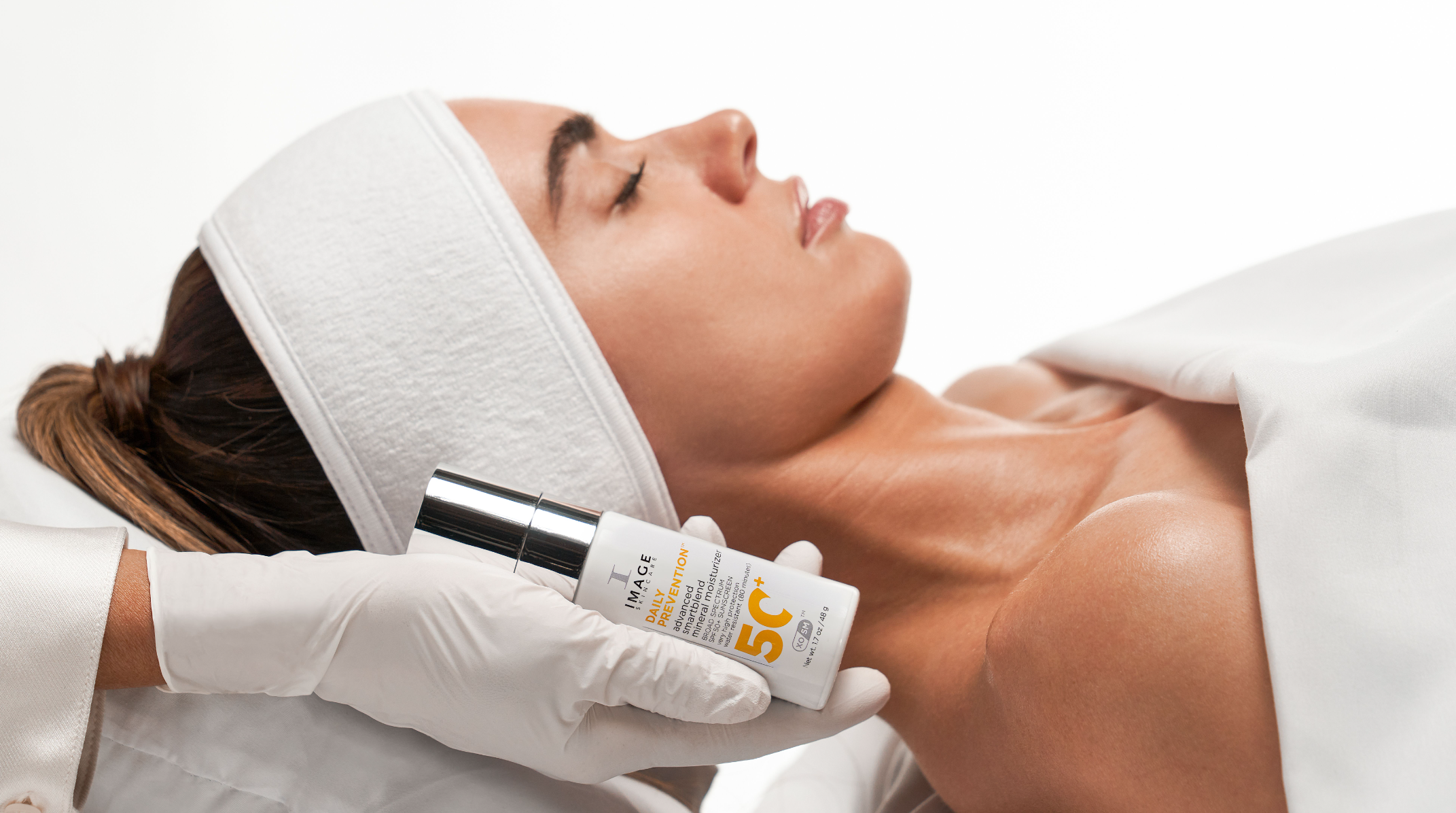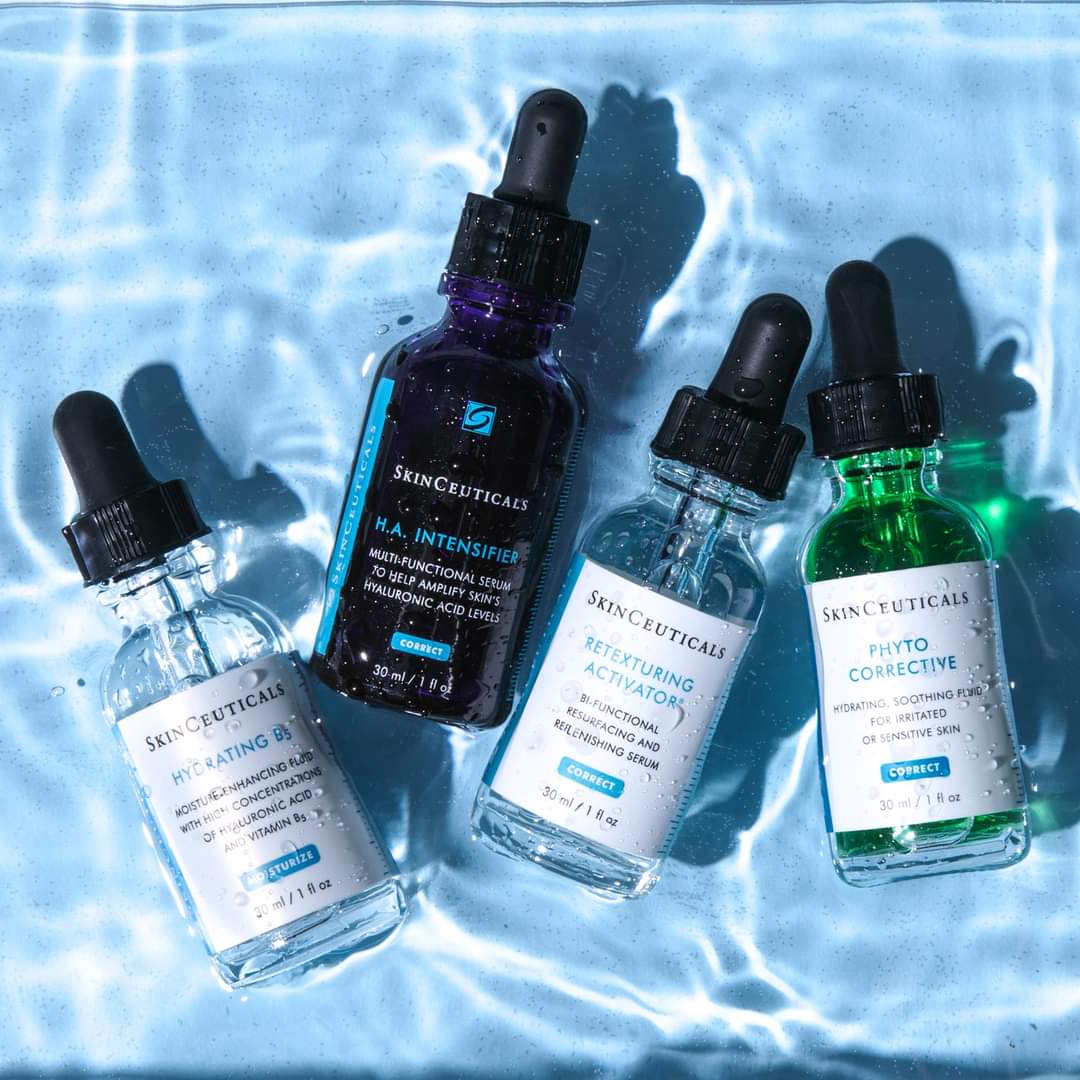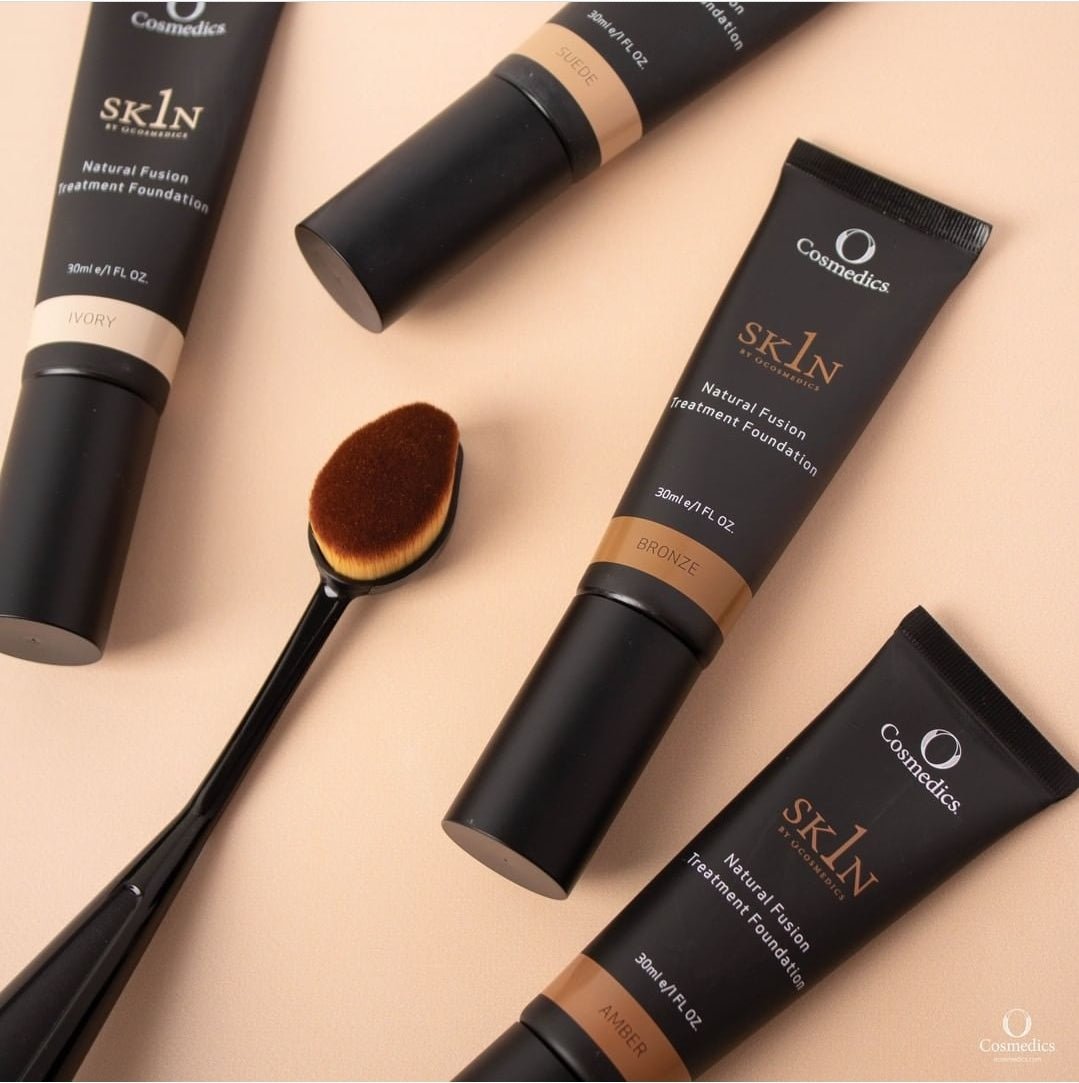Laser hair removal has become a popular choice for those seeking a long-term solution to unwanted hair. If you're considering this treatment, you probably have a few questions. Here's the most commonly asked FAQ to help you understand the process better.
What is laser hair removal?
The medical grade laser machine we use is the Cutera coolglide. It uses concentrated light beams to target and destroy hair follicles. This process is a permanent reduction to hair growth, which is a great solution in comparison to traditional shaving or waxing.
How does it work?
It emits a wavelength (1064 nm) absorbed by the pigment (melanin) in the hair. The light energy is converted to heat, which damages the hair follicles responsible for hair production, thereby delaying or preventing future growth.
Is laser hair removal safe?
Yes, laser hair removal is generally considered safe when performed by a qualified professional. However, some minor side effects like redness, swelling, and temporary discomfort may occur. These usually subside within a few hours.
Aftercare is recommended by the technician which will alleviate side effects.
How many sessions are needed?
The number of sessions varies depending on the individual’s hair type, color, and the area treated. Typically, 6 to 8 sessions spaced 4 to 6 weeks apart are recommended for optimal results.
Does laser hair removal hurt?
Depending on the machine used the sensation varies from person to person, often described as a rubber band snapping against the skin. Most modern lasers, such as Cutera NDYAG coolglide has a cooling tip and allows the treatment to be comfortable.
Is it permanent?
Laser hair removal offers long-lasting results, but it’s not entirely permanent. Some hair may eventually regrow, though it tends to be finer and lighter. Maintenance sessions is essential to keep the area hair-free.
Health conditions, Genetics and Hormonal factors could also play a role in hair growth.
Can anyone undergo laser hair removal?
Cutera Coolglide can be used on all skin tones. Laser hair removal works best on individuals with dark hair due to the contrast in pigment. However, as long as the hairs have pigment to laser will work effectively.
What areas can be treated?
Common areas include the legs, arms, underarms, bikini line, back, chest, and face. Essentially, any area where unwanted hair grows can be treated, except for the eyelids or inside the nostrils and ears.
How should I prepare for a session?
Avoid sun exposure, tanning beds, and self-tanners for at least two weeks before treatment. Avoid plucking or waxing, as these remove the hair follicle that the laser targets.Avoid topically applying AHA's, Retinol and exfoliation that could cause skin sensitivity and reactions.
Are there any risks or side effects?
While generally safe, laser hair removal can sometimes cause blistering, scarring, or changes in skin colour, especially if performed incorrectly. Choosing a reputable clinic with experienced professionals minimises these risks.
What should I do after a session?
Aftercare includes avoiding sun exposure, wearing sunscreen, and steering clear of hot baths, saunas, or vigorous exercise for a couple of days. Moisturising the treated area with the recommended aftercare gel can help soothe any irritation.
How much does it cost?
The cost varies based on the area being treated and the number of sessions required. It’s best to book in for a consultation for a personalised quote.
Laser hair removal can be a life-changing procedure, offering the freedom from regular shaving and saving costs of monthly waxing appointments long-term! By understanding the process and preparing adequately, you can achieve the best possible results. Always consult with a certified professional.






























































